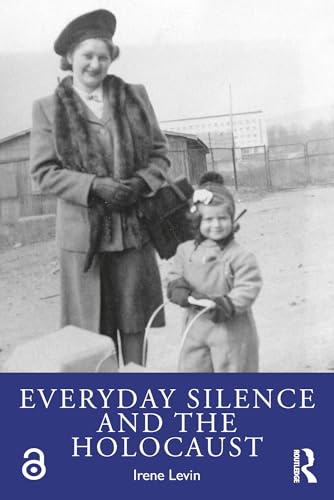
Writing Japan's War in New Guinea
by Victoria Eaves-Young
"The Diary of Tamura Yoshikazu"
Popularity
0 / 5
* A book's popularity is determined by how it compares to all other books on this website.
Where to buy?
Buy from Amazon* If you buy this book through the link above, we may receive a small commission at no extra cost to you.
Writing Japan's War in New Guinea by Victoria Eaves-Young
Details
War:
World War II
Perspective:
Researcher
True Story:
Yes
Biography:
Yes
Region:
Pacific
Published Date:
2019
ISBN13:
9789462988651
Description
Brief Summary
"Writing Japan's War in New Guinea" by Victoria Eaves-Young delves into the experiences of Tamura Yoshikazu, a Japanese soldier stationed in New Guinea during World War II. The narrative is constructed around Tamura's diary entries, which begin in 1943. These entries offer a raw glimpse into the life of a soldier grappling with isolation, the harsh environment, and the collapse of military structure. The book details Tamura's internal conflicts as he navigates the dissonance between the imperial ideology he was taught and the unsettling reality he faces daily. It is a poignant examination of a soldier's psychological battles amid the physical warfare that surrounds him.
Main Themes and Topics
A central theme in "Writing Japan's War in New Guinea" is the disintegration of idealism in the face of brutal reality. Tamura's diary captures the disillusionment as he endures the drudgery of building airstrips rather than engaging in what he considers significant wartime contributions. The theme of isolation is predominant, as Tamura, distanced from family and familiar culture, struggles to find meaning in an unfamiliar and harsh environment. The text also explores the concept of kokutai, the national ideology of Japan, and how it contrasts sharply with the soldier's lived experiences, leading to profound personal turmoil and questioning of previously held beliefs.
Writing Style and Tone
Victoria Eaves-Young employs a descriptive yet restrained writing style, allowing Tamura's own words to drive the narrative forward. The tone is reflective and somber, aligning with the introspective nature of a soldier's diary. Eaves-Young carefully balances factual recounting with evocative prose, ensuring readers feel the depth of Tamura's despair and disillusionment without altering or overshadowing his authentic voice. The book's tone successfully immerses the reader in the psychological landscape of World War II, making it both an historical account and a deeply personal story.
Criticism
While "Writing Japan's War in New Guinea" has been praised for its intimate portrayal of a soldier's wartime experience, some critics have noted that the focus on Tamura's personal narrative may limit the broader historical context for some readers. The diary format, while powerful, could potentially lead to a narrow perspective, missing the larger picture of the war's geopolitical dynamics. This focus, however, is also seen as a strength by those who appreciate a more personalized historical narrative.









